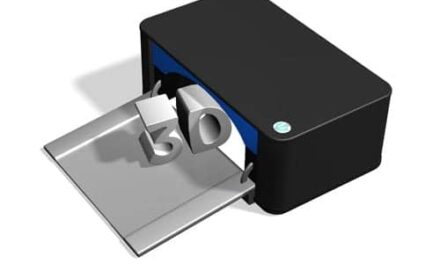If you want to lose my attention quickly, mention budgeting. (And, believe me, my husband does…often.) Although I consider myself a rather frugal person, the thought of sticking to a budget—and keeping track of all my purchases—doesn’t excite me. In fact, it all-out bores me. Thankfully, I’m the one editing this magazine and you’re the ones responsible for maintaining life-saving—and costly—medical equipment.
Budgeting is a big topic in the September issue of 24×7 Magazine, with two articles delving into the financial realm of HTM. The first, Prep Talk , differentiates between capital budgets and operating budgets—information that could appear on the certified healthcare technology manager exam. After all, Prep Talk columnist and BMET program educator John Noblitt explains, most HTM managers will have to deal with both the hospital’s capital budget and the departmental capital budget.
Understanding operating budgets is also imperative for those pursuing certification, he explains. Noblitt’s expert advice? “To prepare an operating budget for an organization or department, one must anticipate the expenses that will be encountered during an upcoming fiscal year and balance those numbers with expected income.”
Not that these expenses can’t be lowered, argues certified biomedical equipment technician Geoffrey Smith in this month’s feature article, “Show Me the Money (Saved)!” In fact, he says one of the worst things an HTM professional—well, any healthcare employee, really—can say is: “It doesn’t matter how much it costs since the hospital is paying for it—not me.”
Such a statement can be a job-killer, Smith maintains—especially since hospital administrators are constantly looking for ways to lower costs. “But do you think an administrator would cut your department if you show how much money you’re saving the facility?” Smith posits. “Publicizing HTM’s contribution to the organization pays handsome dividends.”
Although I certainly encourage you to read the article for yourself, key ways Smith saved his department money included swapping dialysis machines’ bicarbonate and acid pump ports with identical O-rings (price tag: $0.12 apiece!) and repairing three large-chamber sterilizers, rather than replacing them.
HTM professionals can also save their departments’ money by “thoroughly cleaning devices needing preventive maintenance, keeping the areas around the equipment clean, and rolling up any errant cables before returning the equipment”—actions, Smith says, that can help extend the life of equipment.
So, how have you helped your facility save money? Email me at [email protected] and let me know. (And if you have any personal budgeting tips, I’m all ears.)





